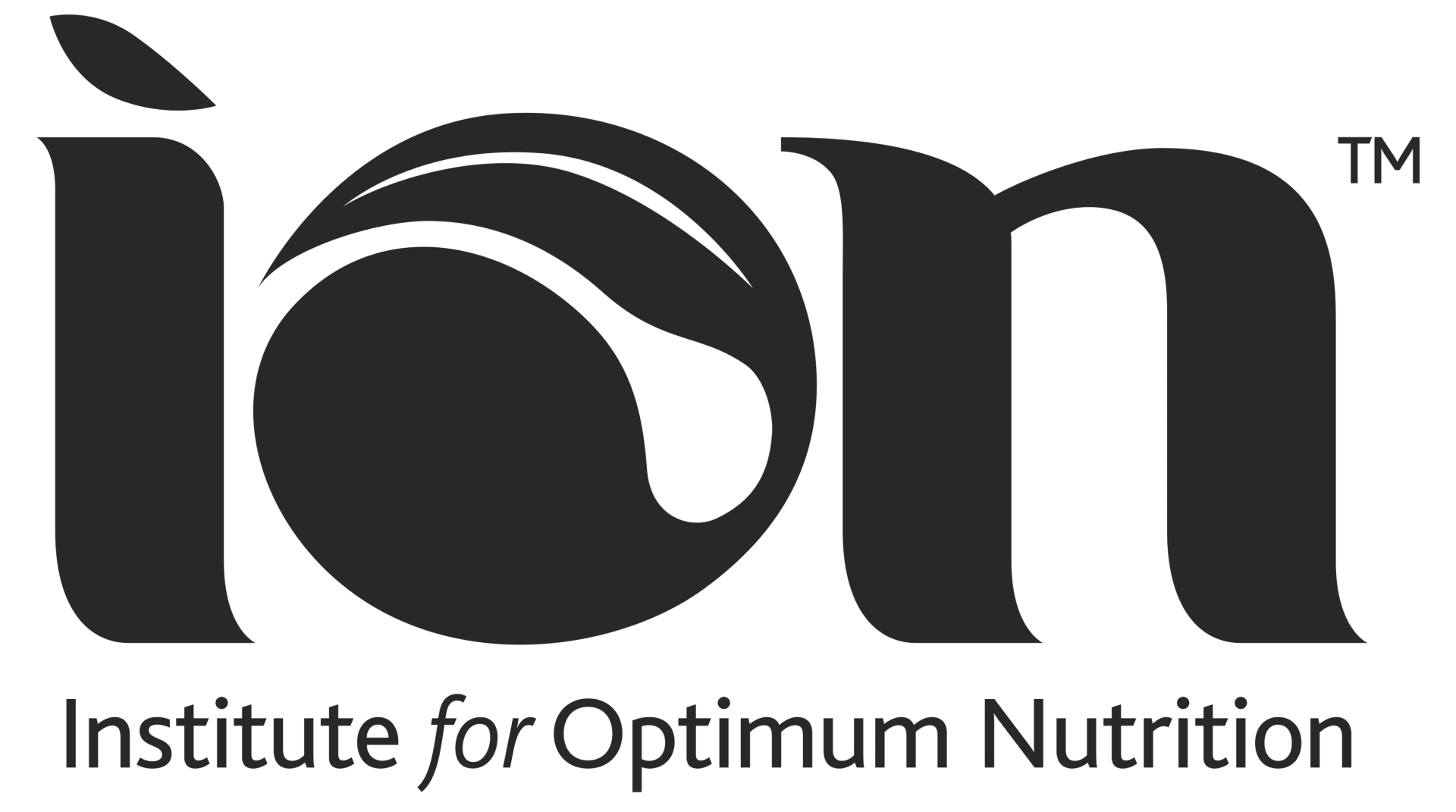Fat: saturated, unsaturated, mono and polyunsaturated, trans… What does it all mean? Is it all bad? We look at why we should approach fat with less fear and more nuance.
For decades, dietary fat has been given a bad name. Yet whilst people have tended to lump fat under one umbrella, there are several different types of fat.
All fats have a similar chemical structure – a chain of carbon atoms bonded to hydrogen atoms – but it’s the length and shape of this chain that makes one fat different to another.
Olga Preston, a registered nutritional therapy practitioner at the Brain Bio Centre at the Institute for Optimum Nutrition explains that fat is an essential nutrient we need in our diet.
“Our brains are 60% fat,” she says. “So anyone eating a low fat diet is going to see a direct effect on how their brain functions.”
Healthy fat is also important for other processes, such as building cell membranes that help us to absorb certain nutrients. For instance, vitamins A, D, E and K are all fat soluble, which means that fat is necessary for transporting them in the body.
Preston adds: “[Healthy fat] provides energy, it leaves you feeling satisfied, it helps to control inflammation and it is involved in foetal development – it’s just so important for your body.”
Saturated fat
Saturated fat is solid at room temperature; for example, butter, ghee or coconut oil. It’s also found in red meat, as well as full-fat dairy products such as whole milk and cheese.
There are also different types of saturated fat, which means that the saturated fat in a takeaway could have a different effect on the body compared to saturated fat from coconut oil.
Preston considers coconut oil and cocoa butter to be ‘good’ saturated fat, because they are known as medium-chain triglycerides (MCTs).
MCTs have a shorter chemical structure than other saturated fats, so are more quickly absorbed and metabolised by the body.
Preston also emphasises considering the food as a whole. “You also have to think about what else the food gives you,” she says. “If you are having full fat Greek yoghurt, the fat is coming with calcium and protein. If you’re having cake, the cake isn’t giving you many other nutrients.”
Mono- and polyunsaturated fat
Unsaturated fats are liquid at room temperature and often referred to as ‘good’ or ‘healthy’ fats.
Sources of monounsaturated fats (‘mono’ referring to a single carbon-to-carbon double bond) include olive oil, nuts and avocados. In terms of polyunsaturated fats (‘poly’ because they contain two or more double bonds in their chain), the most important type are omega-3 fatty acids. These cannot be made by the body, so must be obtained through food or supplements.
“Omega-3s do three main things,” explains Preston. “They’re anti-inflammatory, they’re antioxidants, and they enhance neuroplasticity – this is the capability of your brain to change and adapt.”
There are different types of omega-3s, but she points to what she calls “the golden guys”, DHA and EPA.
DHA and EPA are mainly found in oily fish (think ‘SMASH’: salmon, mackerel, anchovies, sardines and herring), as well as in small amounts in nuts and seeds, and some green leafy vegetables.
Omega-6 fatty acids from foods like walnuts, sunflower seeds and pumpkin seeds are also important, but getting the right balance of omega-3 to omega-6 is key.
“The western diet has a lower intake of omega-3 sources, so many of us are consuming as much as 20-25 times more omega-6 than omega-3,” says Preston.
Those who do not eat fish may wish to consider supplementing with fish or algae oil.
Trans fat
Trans fats naturally occur in small amounts in some foods such as meat and dairy. They can also be found in hydrogenated vegetable oil, and in vegetable oils that have been altered to stay solid at room temperature.
In the UK, if used in food manufacturing, hydrogenated vegetable oil must be listed on the ingredients. Common sources include cakes, doughnuts, pastries, fast food, margarine, ice cream and even some bread.
Many studies have linked trans fat to an increased risk of heart disease, and whilst they’re not used as often as they were a few years ago, they can be found in products, listed as ‘mono and diglycerides of fatty acids’ or ‘partially hydrogenated oils’.
The bottom line
As science has evolved, the ‘fat makes you fat’ narrative has been challenged. However, it is recommended to think of fats within the context of the whole food and what other nutrients they bring.
What to do:
- Enjoy good portions of healthy, unsaturated fats.
- Use saturated fats sparingly.
- Steer clear of manufactured trans fats.






